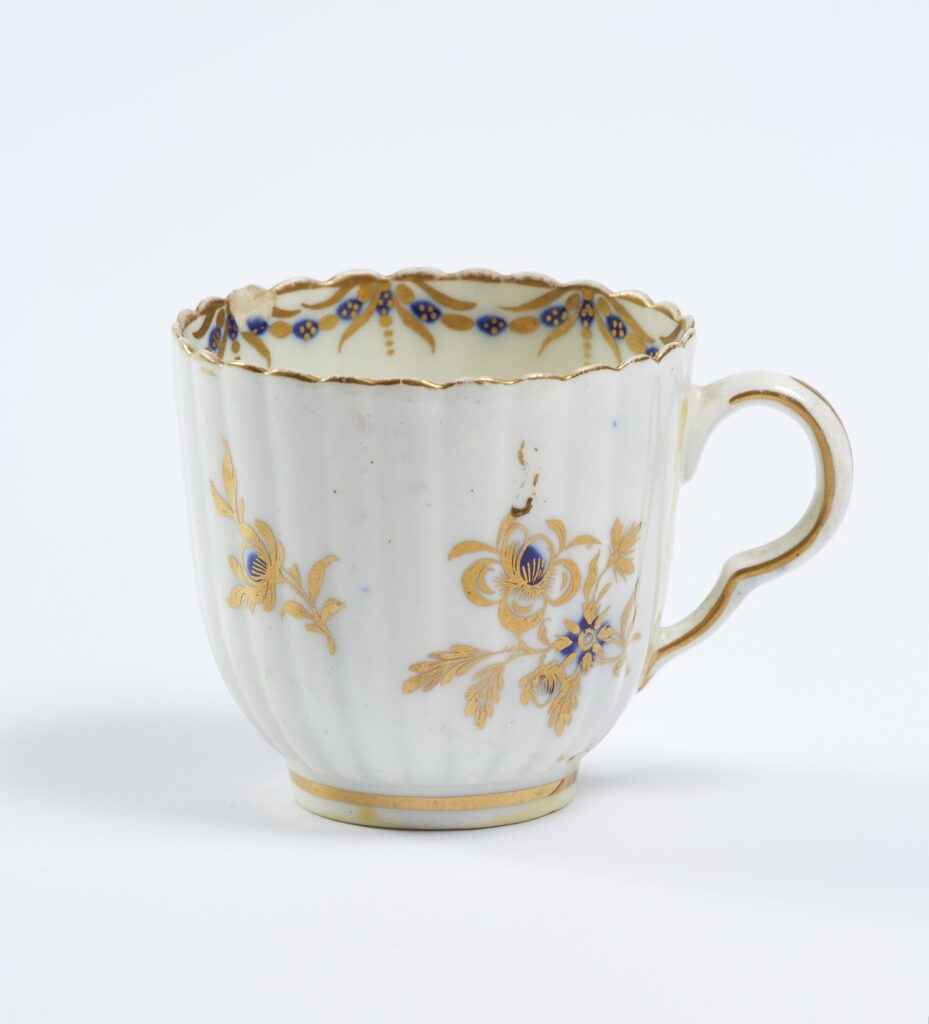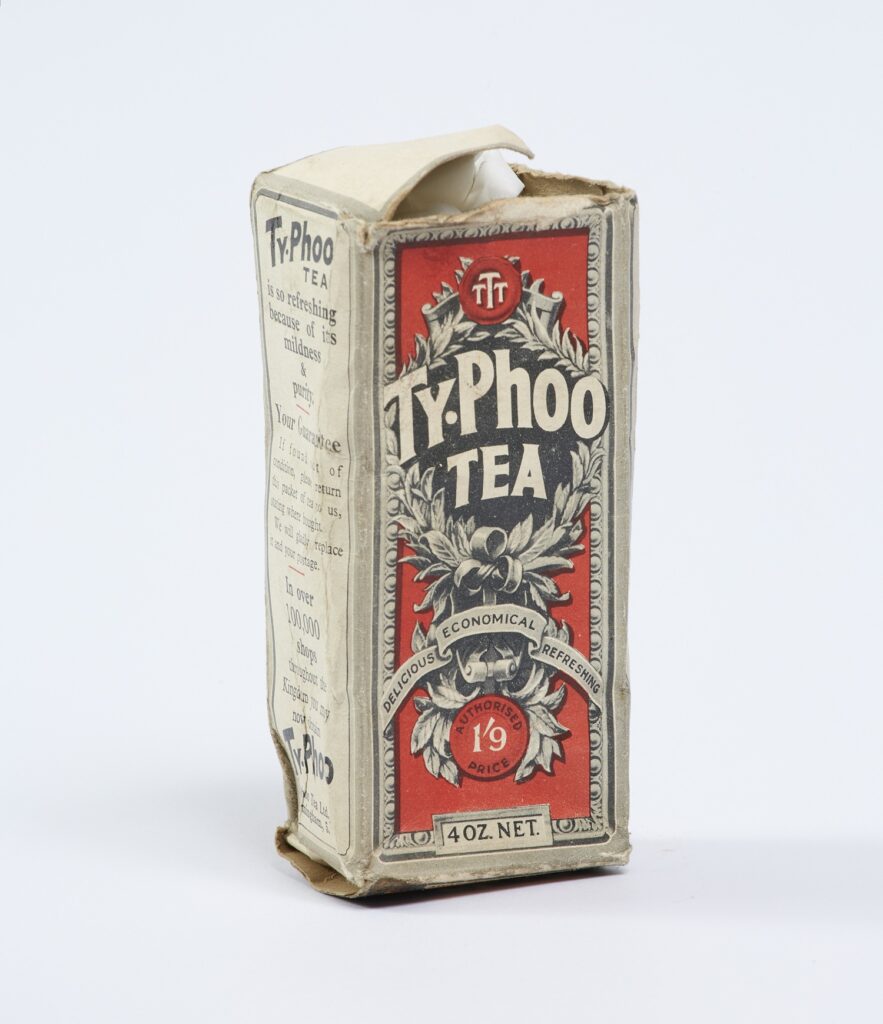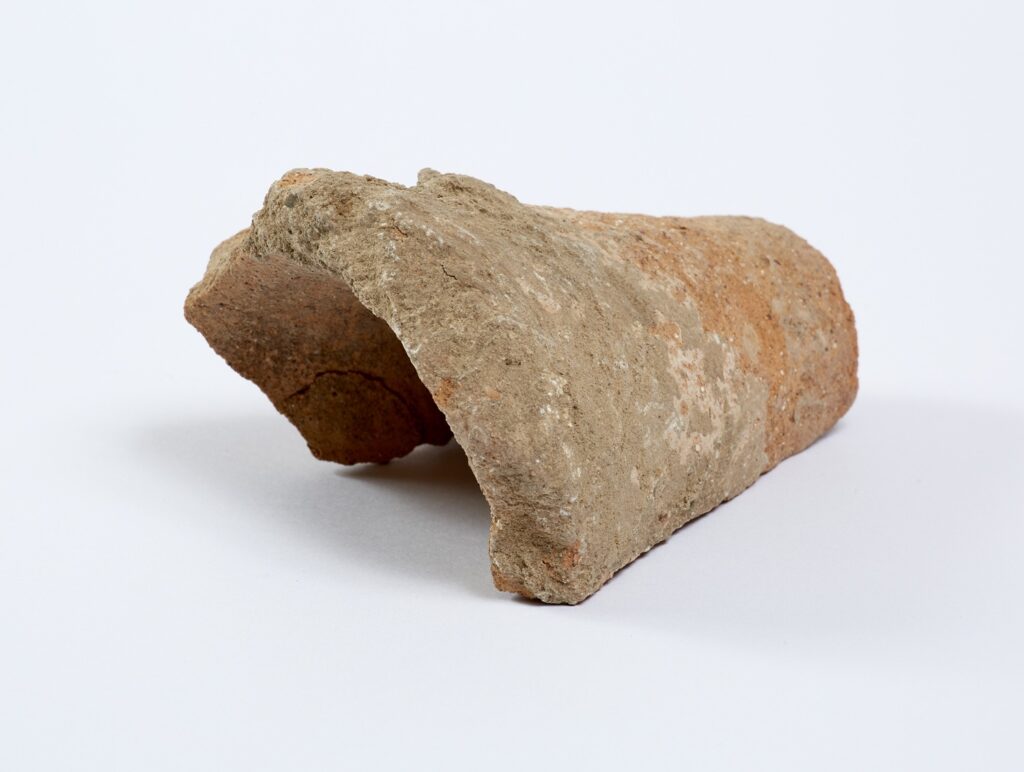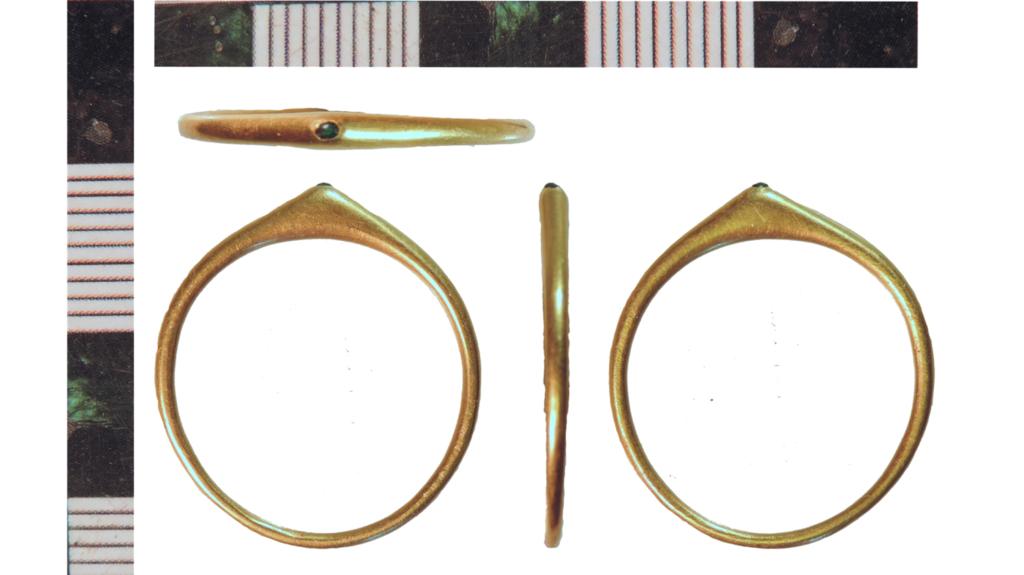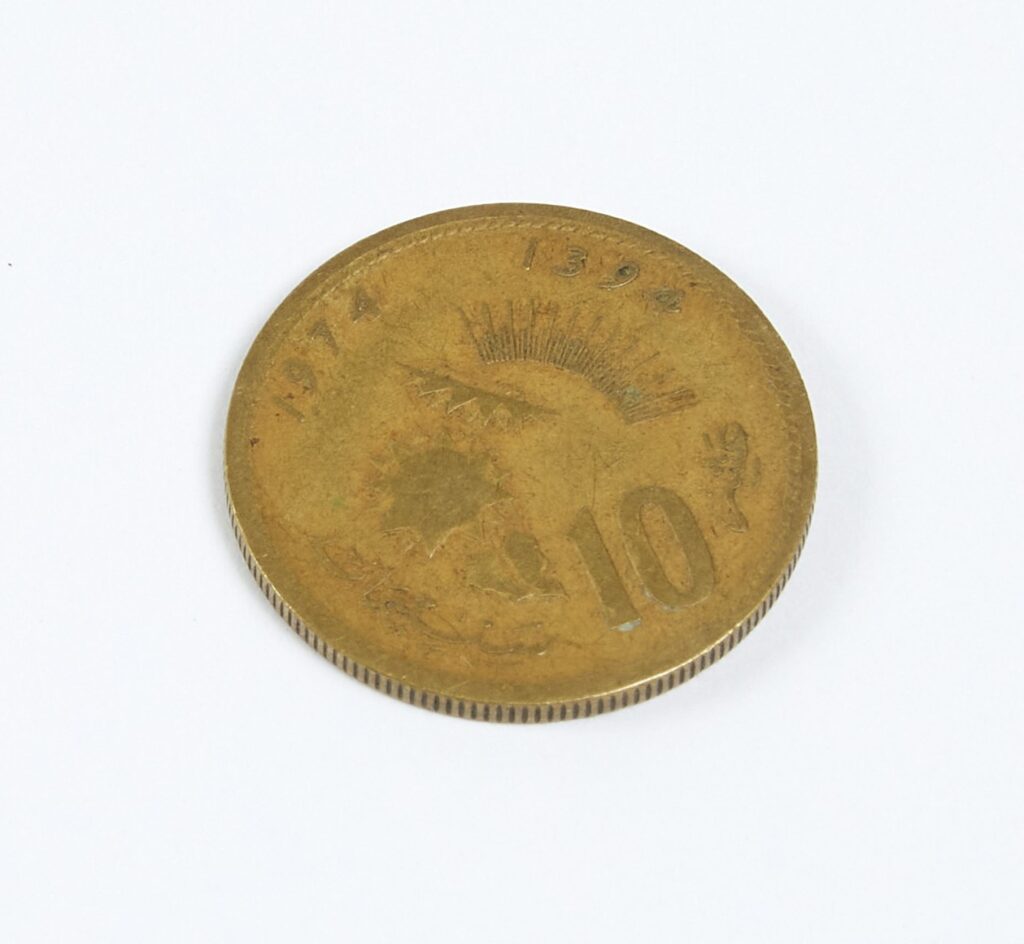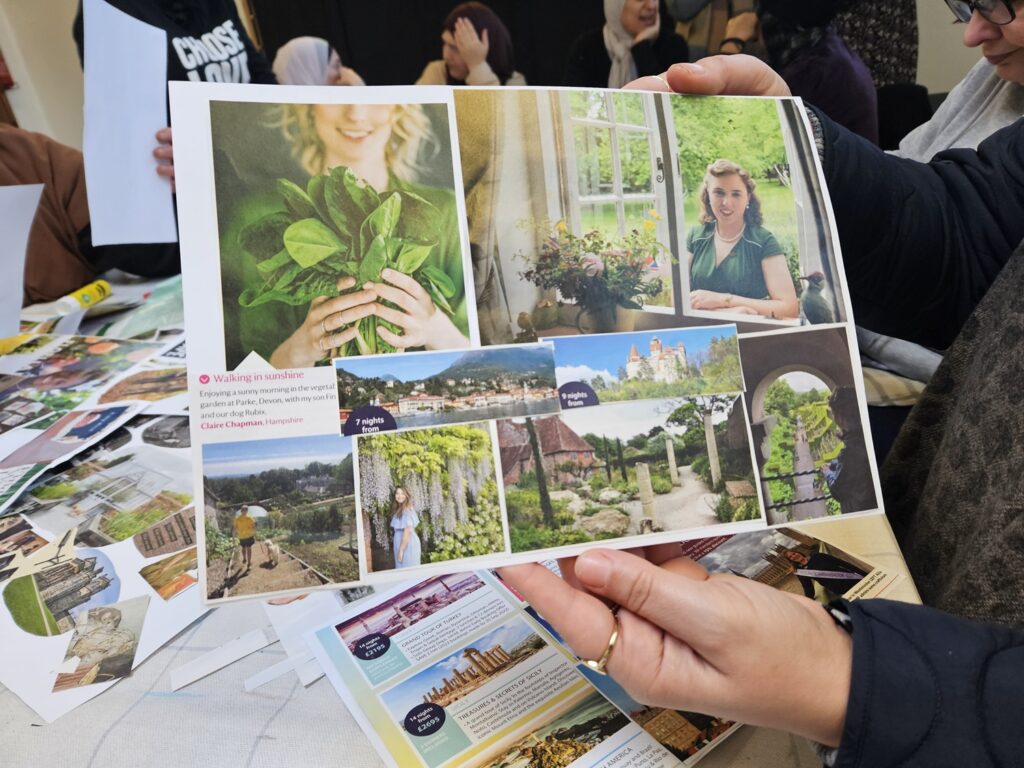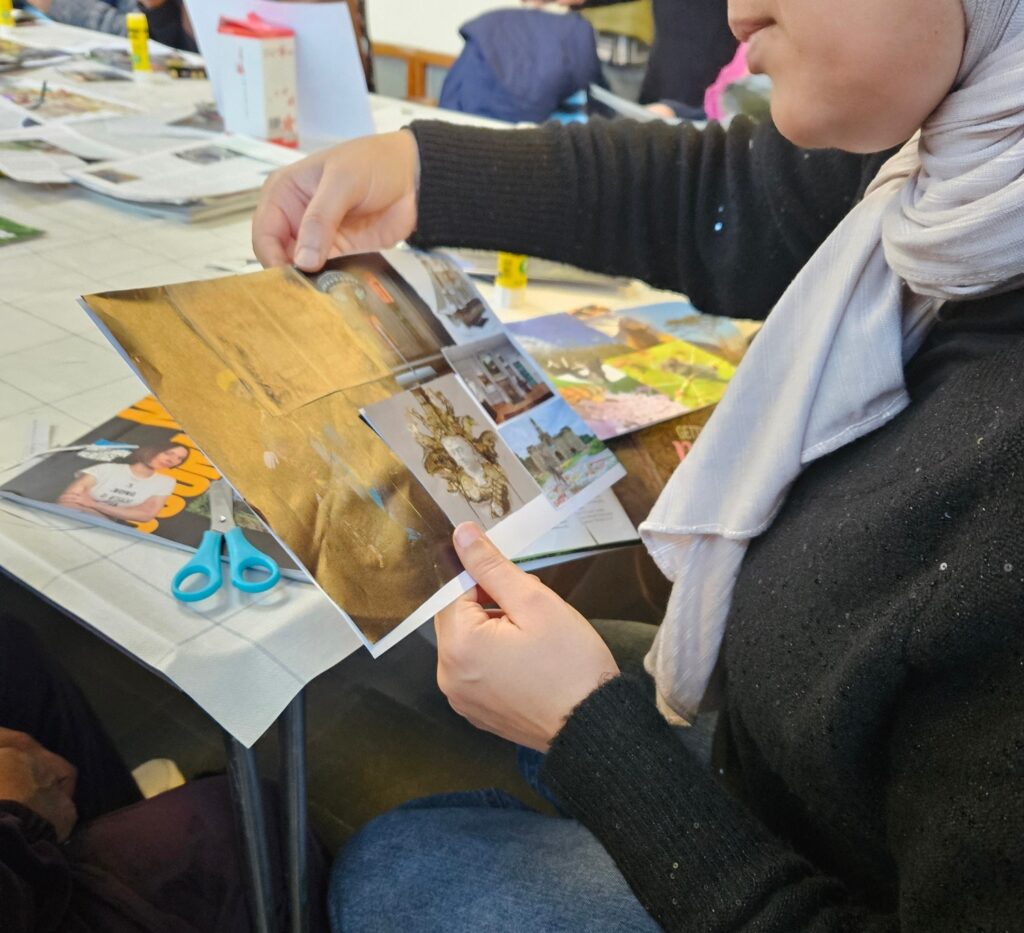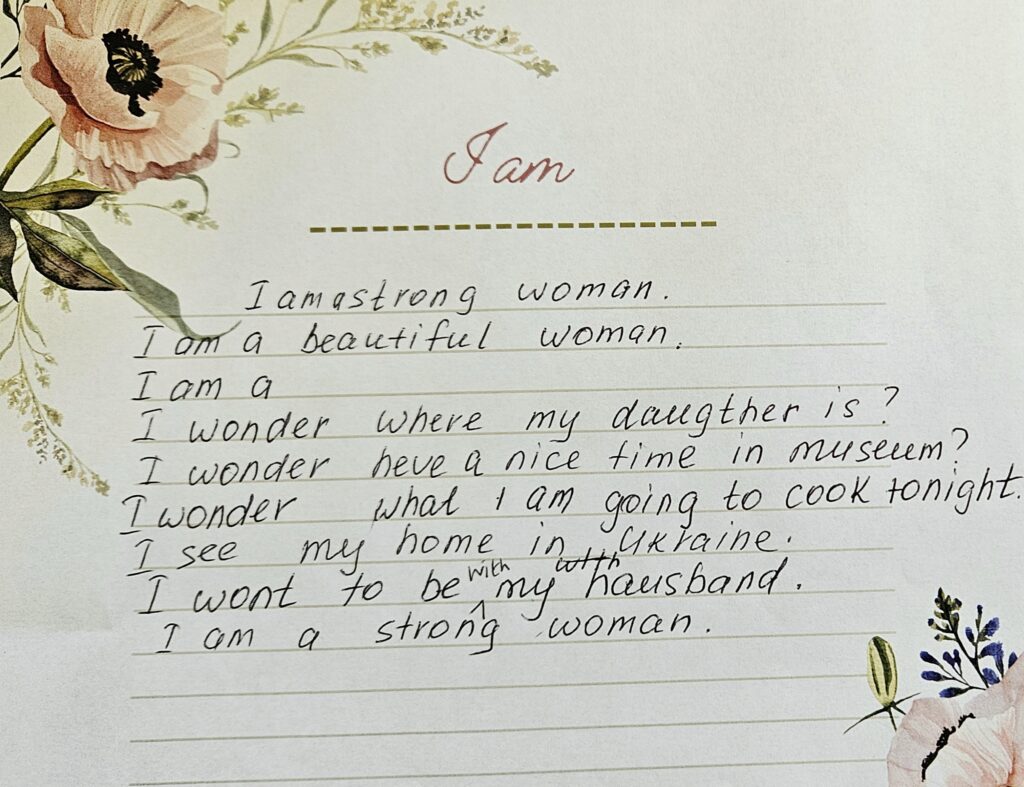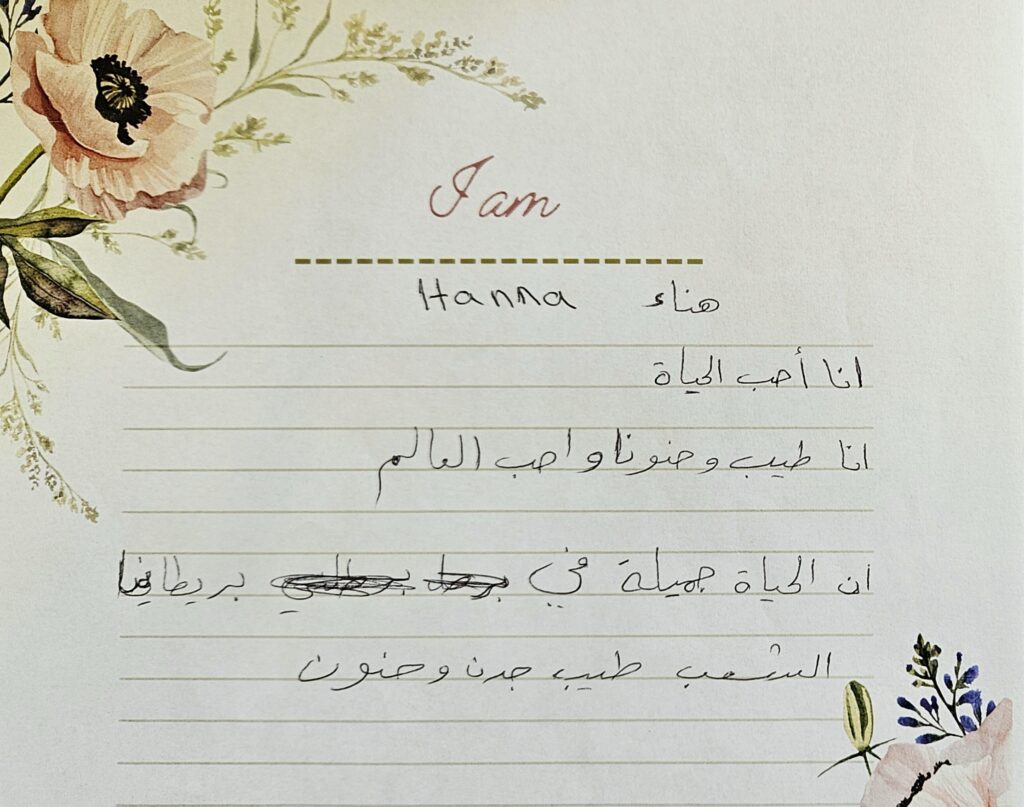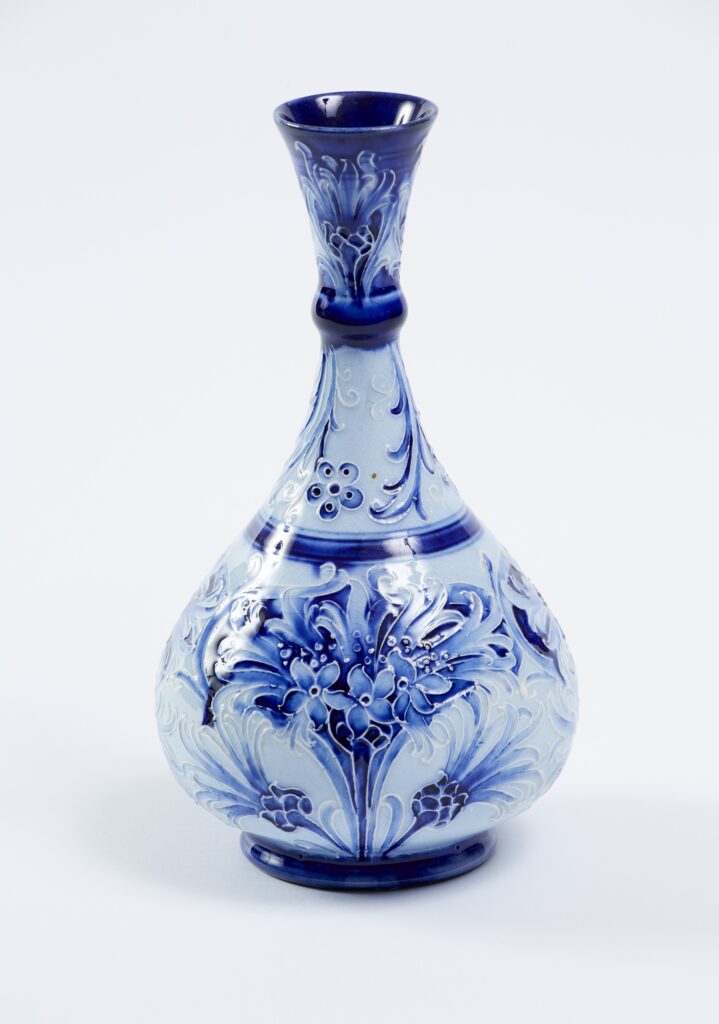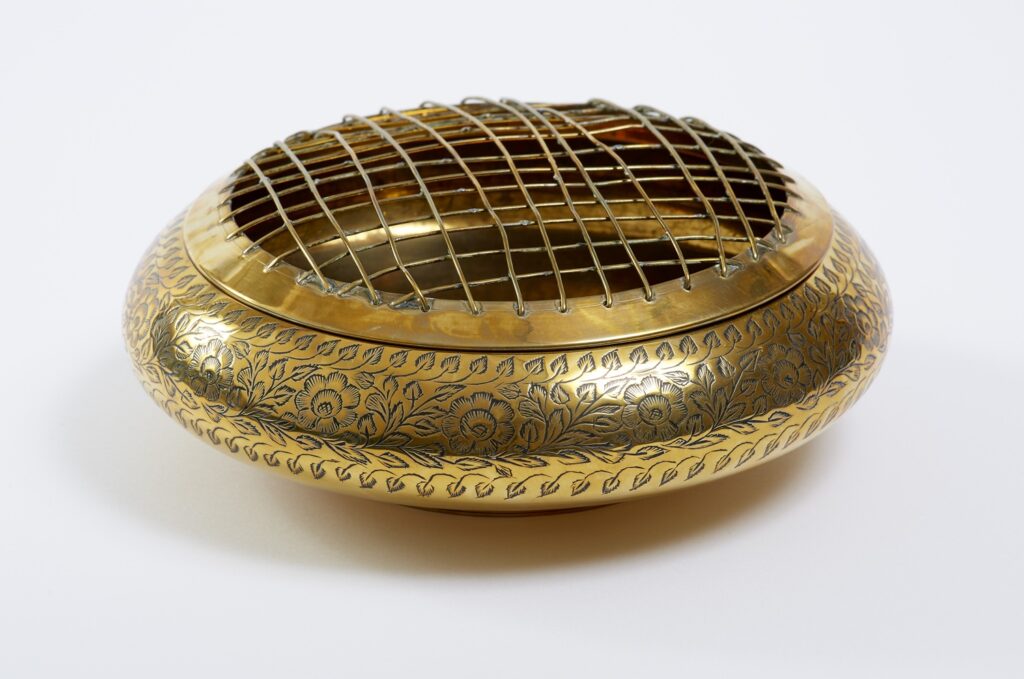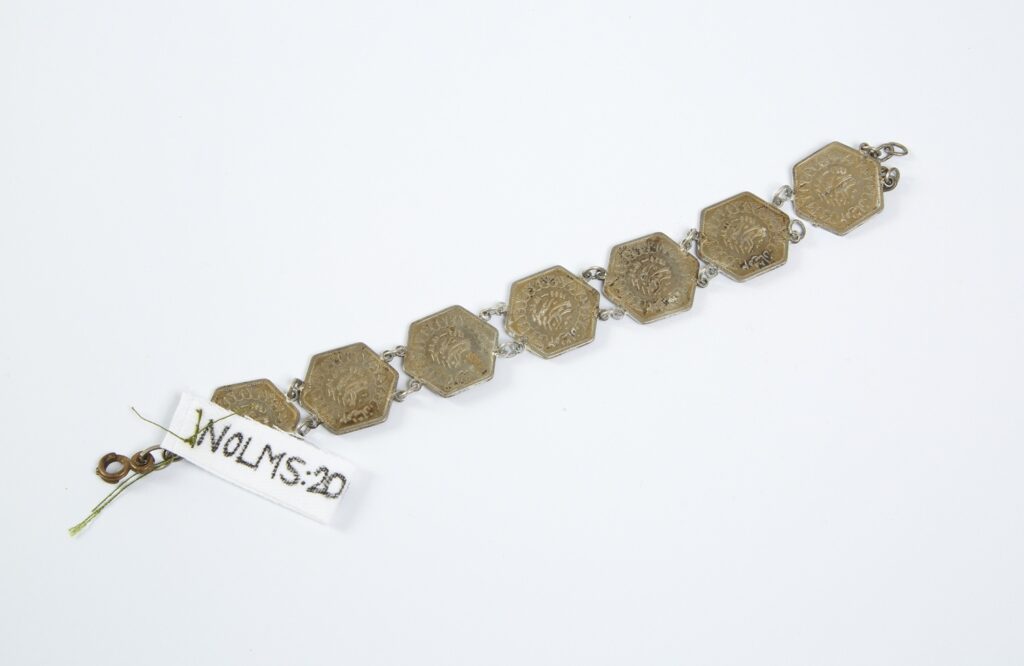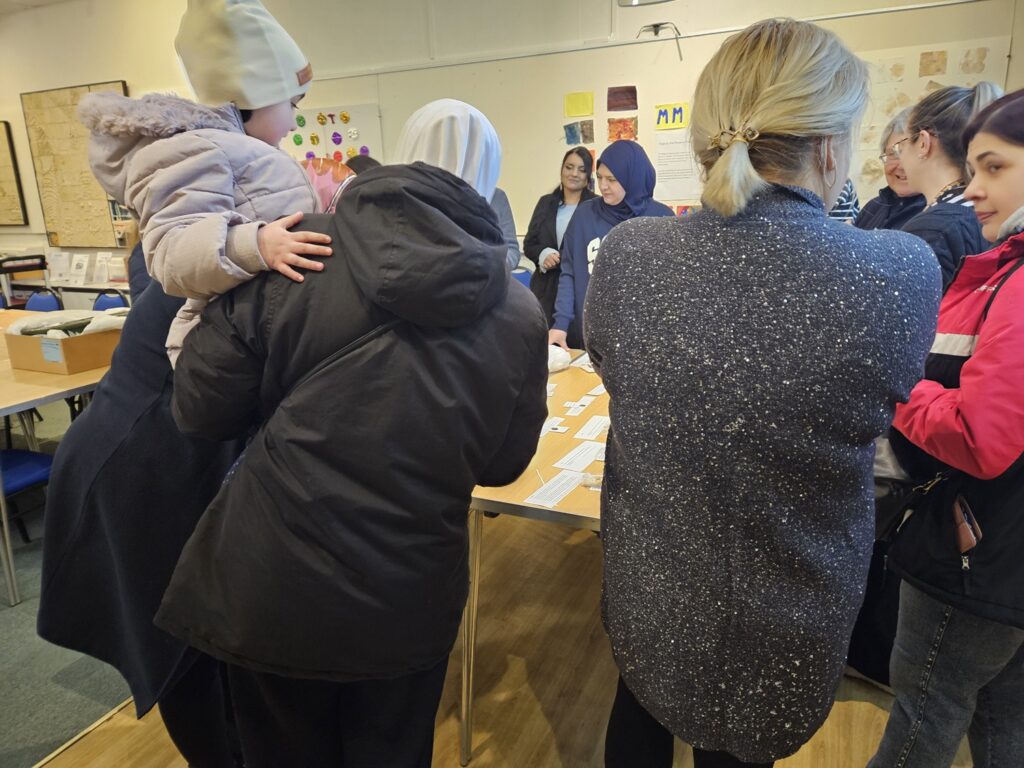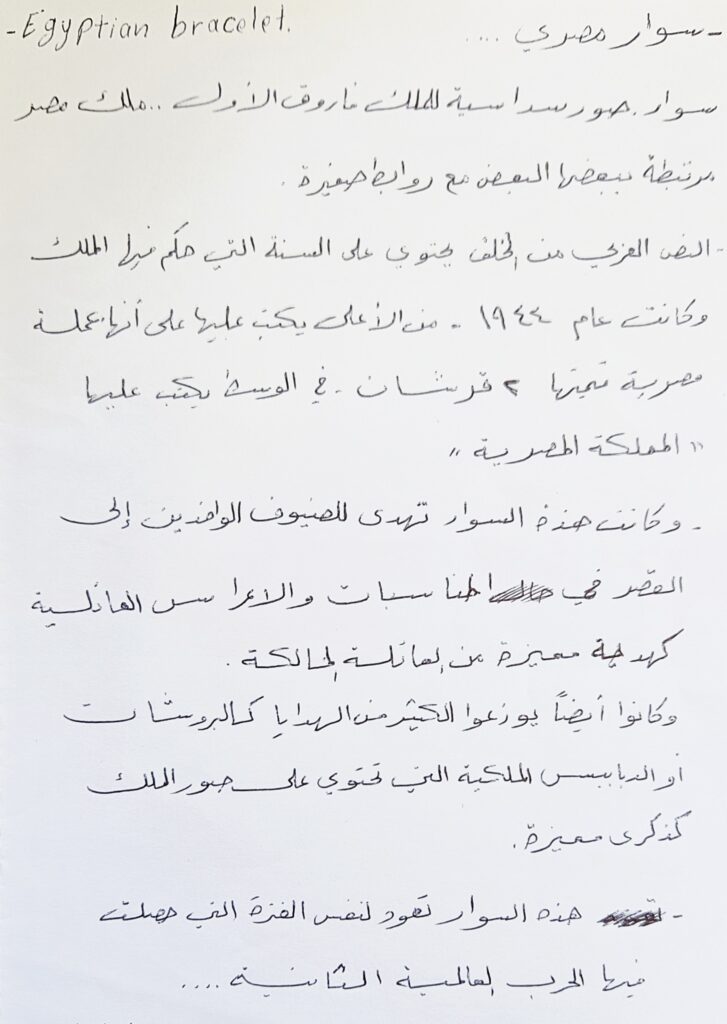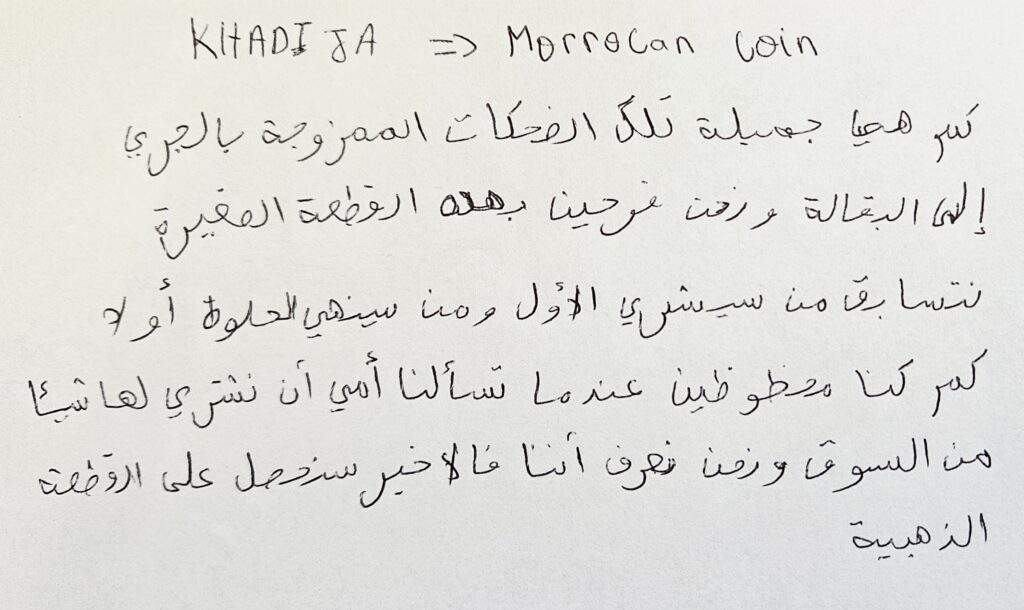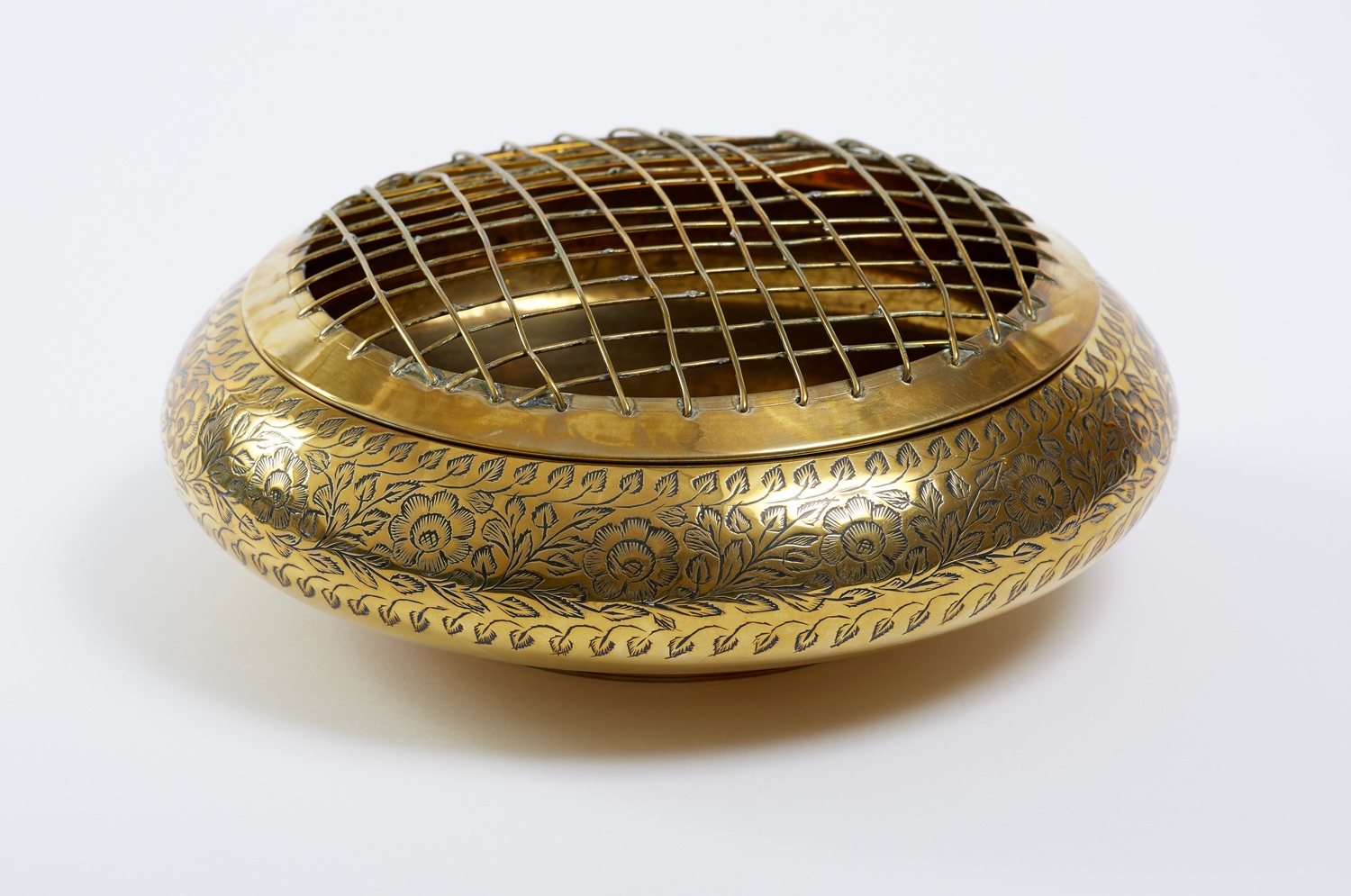
Emotional Connections as Documentation: Working with the North Lincolnshire Sanctuary Group and Poet, Sharena Lee Satti
Kathryn Spence, Community Curator
Introduction
The backbone of museum documentation is factual. How old is an object? What is it made from? What is its size?
All of these are important questions to consider when entering an object into a collection. They are essential in understanding how to care and preserve for the future. They do not, however, consider arguably the most important part of the experience: the audience. A museum without an audience is a storage unit. It is our feelings, questions and relationships which make the place.
North Lincolnshire Museum has a Collections Development Policy. That policy defines the Museums geographical collecting area. This means that objects which are entered into the collection should have a connection to the area. Collections Development Policies develop over time. It was not always the case that an objects merits would be considered through the lens of its connections to North Lincolnshire. As a result, the collection includes objects which do not fit the current Collections Development Policy. This includes objects from all over the World. The policy does allow the Museum to consider deaccessioning items now found to be outside of the collecting area. Such objects can be offered to other museums to which they may be more relevant. Or an object from abroad could be returned to its country of origin, following a process called repatriation. At North Lincolnshire Museum we are currently researching other options. Principally exploring what connections there could be between World objects in the collection and people from all over the world who now live in the area.
North Lincolnshire Sanctuary Group and Horsing Around
We had worked with North Lincolnshire Sanctuary Group before. The group are volunteers who offer befriending and support to refugees, asylum seekers and all seeking sanctuary. The Thursday morning women’s group co-created horse sculpture Sweet William with artist Mary Blackshaw for Horsing Around: A Sculpture Trail Around North Lincolnshire. Using linocut printing, the group made stamps to represent what was important to them, including a mosque, flowers and wheat. The workshop was an incredible place to be, a buzz of energy and excitement. The group taught each other to use the lino press and invited Mary and me to learn from them the significance of the prints they had created.
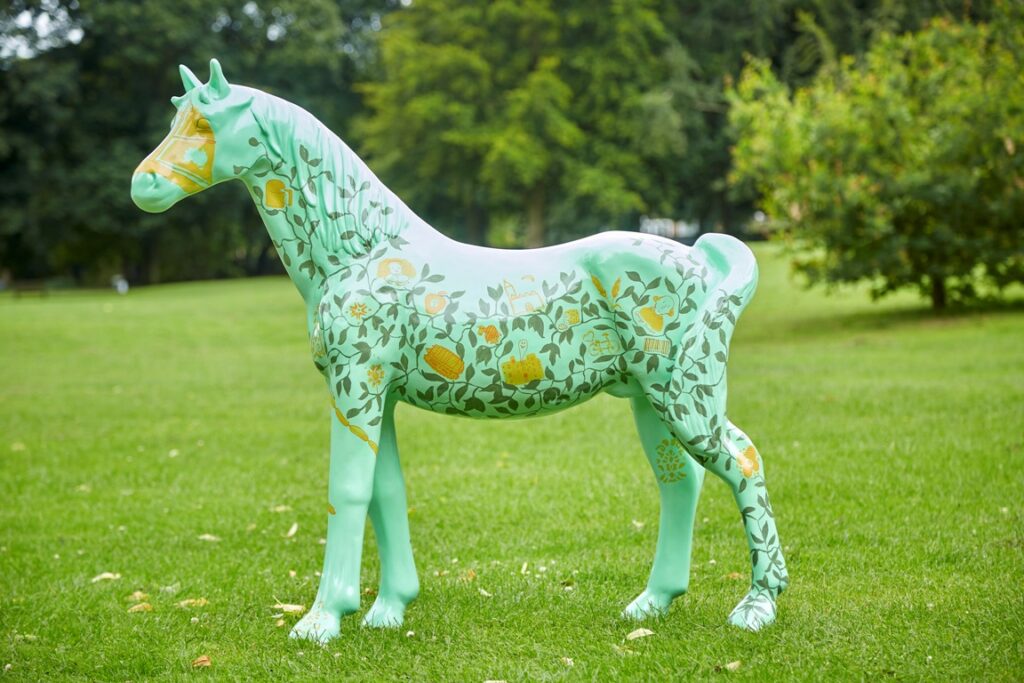
These prints were interwoven with prints of folk song collector Mo Ogg, Ethel Rudkin, Thornton Abbey and more. Representing North Lincolnshire’s past, present and how histories intertwine. The sculpture was installed at Normanby Hall Country Park. The North Lincolnshire Sanctuary Group visited Sweet William as part of their regular trips to Normanby Hall through the summer.
“This sculpture means I have made my mark in North Lincolnshire.”
Feedback from a member of the North Lincolnshire Sanctuary Group who contributed to Sweet William.
Creating Poetry with Sharena Lee Satti
We began looking at the Museum’s collection with fresh eyes. Could we find items in the collection which the North Lincolnshire Sanctuary Group could feel their stories through, and strengthen a sense of place? To use objects collected in the past in generating contemporary responses and explore if they are metaphorically carried with people living in North Lincolnshire today.
We drew up a short list of objects. Some of these were broadly universal in theme, tea, coffee, jewellery and hair pins. Others related to countries, sherds of pot from Iraq and Libya, coins from Turkey, UAE and Morrocco, a bracelet from Egypt.
We hosted an introductory workshop with the North Lincolnshire Sanctuary Group at their usual meeting place and time. We began by creating collage together. Collage is a great relationship building activity. We can gain insight into each other’s interests and aspirations, and it lends itself organically to conversation. We also brought a Community Memory box. The box featured items which would have been used in the home. The Memory box was a hit. The group told us about things they used, or their parents used. Of drying their hair in the dark to go to work and the smell of oil when filling the iron. The introductory session was a lead up to working with poet Sharena Lee Satti at the Museum.
Sharena is a poet and creative practitioner based in Bradford. She has a wealth of experience working with groups to create poetry, especially looking at themes of migration and womanhood. Sharena developed a series of two workshops to work with the North Lincolnshire Sanctuary Group, firstly writing about themselves and their story, using the writing to pro forma technique. Beginning with a series of statements, ‘I am…, I feel.., I see…’, everyone crafted something unique and individual to themselves. English proficiency in the room varied, but it did not matter. Everyone helped each other. With the help of the group organisers and online translators, all wrote and shared their poems aloud with one another at the end of the session. Each to applause.
Our next session was based around writing about Museum objects. We translated descriptions into Arabic and Ukrainian, and laid them out for viewing. When the women entered the room there was an audible buzz. The session structure was beautifully altered. We had originally planned for objects to be viewed in the second half of the workshop, and it was a wonderful reminder that structure is every so often the enemy of creativity.
Immediate relationships were formed. We swapped stories of what the Museum knew about the objects and how the women connected with them. Collection information, when they were collected, what they are made from and how old they are, was exchanged with emotional connection. A vase reminded someone of Ukraine because it showed influences from the global East and West. A Moroccan coin used to be the change that Khadija would get when she went to the shop for her mother. Everyone wrote about an object, whether in English or their own language. Everyone shared their poem at the end of the session, again, to applause. There was previously unrecorded information offered about the objects, too. Majedah, who had lived for some time in Egypt, informed us that our information on a bracelet should be updated. The portraits on the bracelet were of King Farouk I of Egypt.
The poems will be entered into the Museum’s collection and sit alongside the objects they relate to. The memories and reflections mean that these objects live within the people who now call North Lincolnshire their home.
